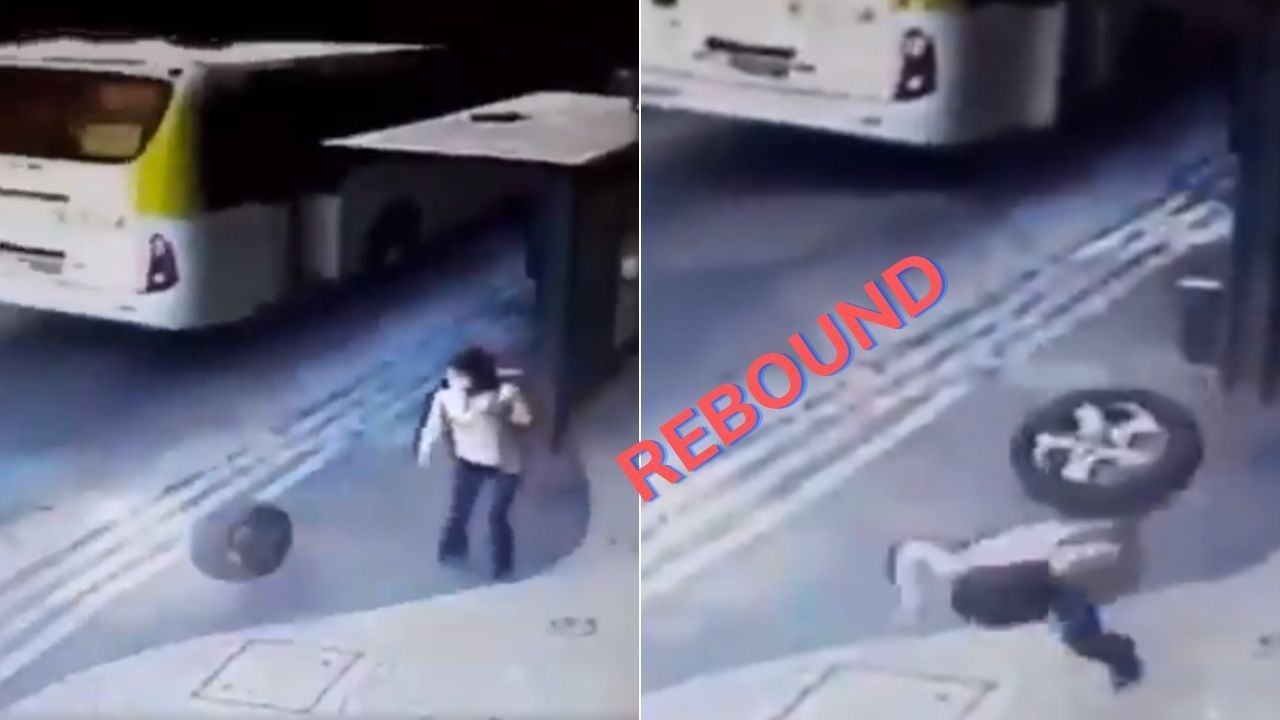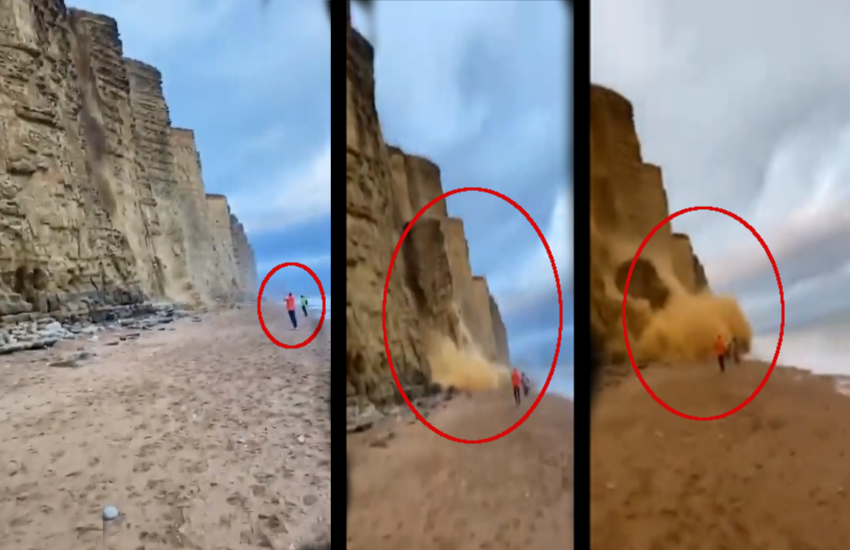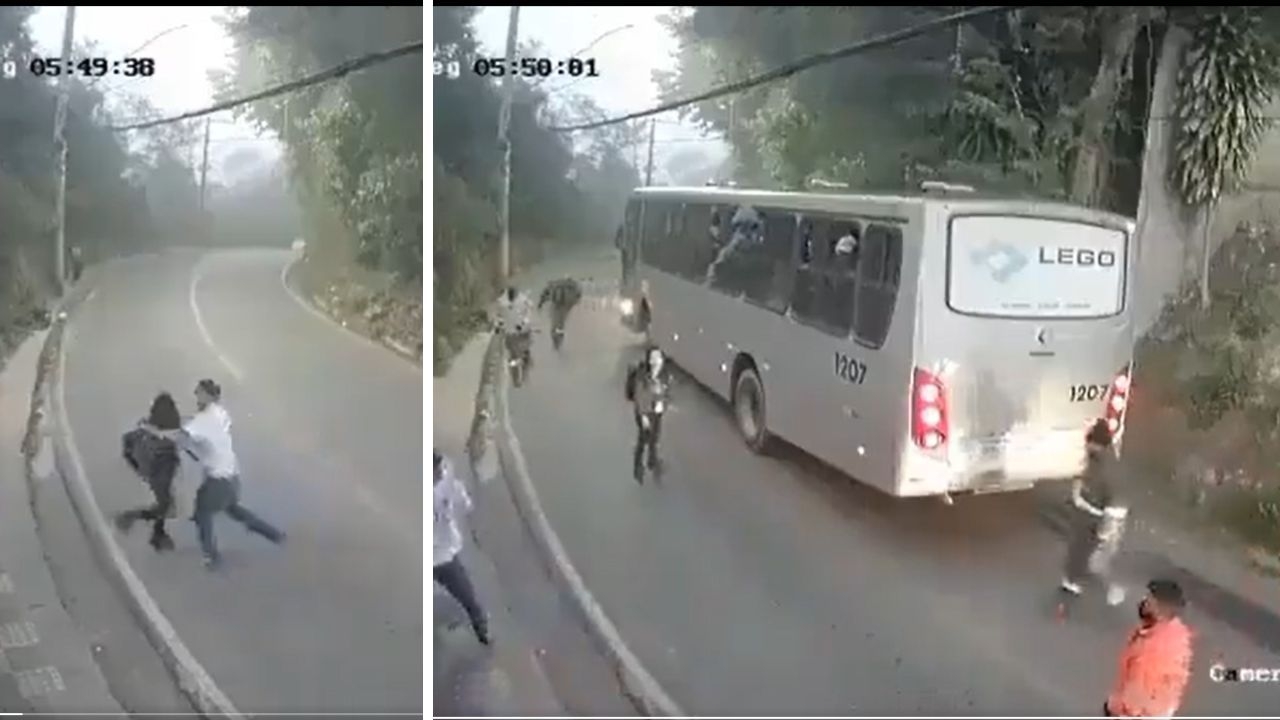Pollution control boards cannot just be watchdogs, they must act: Sunita Narain

- NDA government wants to bring down the time frame for environmental clearance to 100 days from the current 210
- The government has also looking at getting private players into sewage treatment and clean up the Ganga
- Reducing the environmental clearance time frame can work as long as the public consultation and assessment period time frames are not reduced
- Cities and states also need to step up and get involved in the process of cleaning up the environment instead of relying only on courts directives
- Debate over environmental governance has also become very polarised over the last three decades
- Biggest concern for India is that the environmentalism of the poor is yet to be naturalised within the governance system
In the 30 years of her career Sunita Narain has seen it all. From the debate on air pollution when it first started in the 1990s, to the international climate change negotiation, the unsuccessful plans to clean up the Ganga and the Yamuna.
Narain, director general of Centre for Science and Environment, has just published a 'semi-autobiographical' book on environmentalism over the last three decades. Catch spoke to her before the World Environment Day and here are some excerpts:
The NDA government says it wants to bring down the time taken for environment clearance to 100 days. Can environment safeguards still be maintained?
The fact is that the total time taken for an environment clearance under the 2006 Environmental Impact Assessment Notification (EIA) was 210 days. This is not 'huge' time if regulatory authorities can stick to their timelines of assessment and go through the processes as prescribed.
Also read: World Environment Day: time to wake up and smell the climate change coffee
Delays also happen because project proponents do not provide proper information and documents. So, the problem is not the regulatory provisions or the prescribed timeline.
Even if a reduction in time frame is being contemplated, how will it happen?
The NDA government has proposed a standardised sector-specific terms of reference (ToR) for various sectors, on the basis of which the EIA can be prepared. This basically means that the project proponent now can choose the site and based on a standard ToR, and start the EIA.
However, poor site selection has made many projects very contentious in the past, such as the Sompeta Thermal Power Project, Vedanta's Lanjigarh mining, the Nirma cement project in Gujarat, etc.
A standardised ToR is not necessarily a bad thing as it can reduce arbitrariness and can be one step towards reducing the time frame. But a standard ToR needs to integrate the requirements of a site visit by central and state-level Expert Appraisal Committees before the EIA is framed, currently not a requirement.
However, there should be no compromise on the time frame prescribed for public consultation - which is 45 days. There is a need to listen to the communities' concerns. This will also be helpful for the project proponent because sidelining communities often makes projects contentious, even if they are cleared.
Also there should be no reduction in the assessment period time frame. If the time frames for public consultation and assessment period are reduced then the integrity of the clearance system will be severely compromised.
In the last year, air pollution has become a major concern, with both the NGT and Supreme Court making big interventions. Do you think the discourse is too Delhi-centric, given that in the latest WHO report finds cities such as Gwalior, Patna and Allahabad more polluted?
Delhi has always been in focus due to severe pollution issues since 1990s. Public concern over poor air quality led to several directions by courts.
Air quality data also point out severe PM2.5 levels in other cities - that have equal or worse level of particulate matter than Delhi. But action taken in Delhi provides a learning curve for other cities on clean vehicles and fuel and other pollution control measures (industrial pollution control, pollution tax etc).
Now it is the time to prepare clean air action plans at three levels - national, states and cities - and making it legally binding to ensure that it becomes a part of the process so that people feel confident about the measures and support it.
Governments will have to commit to clean the air road map and this will also empower citizens to be part of the process.
It is important because the court interventions are fueled by inaction on the part of the government. States also have to be made accountable to reduce air pollution and there is no dearth of knowledge in this aspect.
It should not only depend on political will to act on a problem - as Supreme Court invokes Article 21, the Right to Life - in a similar way cities and states also have to get involved ad do the work.
But ultimately it is on the part of various governments to take the call. Or they will keep being cajoled by courts and tribunals to act - but then they should not complain that courts are doing what government should have been doing. Pollution control boards cannot remain just as watchdogs - they also have to act.
The Modi government's plan to clean Ganga relies on bringing in private players in to sewage treatment. Do you think this plan will succeed? What role do you envisage for private players in such 'environmental' services?
Modi government had invited experts from all over the world to share their technologies to clean Ganga. They are technology and infrastructure providers. Experts came in from Singapore, the Netherlands, Australia, Canada, China, Germany, UK and other cites.
Meetings were arranged where these countries came and offered their technologies. A number of technologies have been suggested, but most of them already exist in our country.
For instance, Ecosoft from Singapore is experienced in using technologies on the principle of aerobic and anaerobic processes or using microorganisms for cleaning waste water.
On the other hand, Jinmin Water Co Ltd China uses sequencing batch reactors, activated sludge process and a few othher modified versions for cleaning waste water.
However, these companies may not be suggesting anything new. Ecosoft's technology has been designed already by many technology providers in India. The Sewage Treatment Plants (STPs) in India are already using the technologies that has been offered by Jinmin.
The Ganga is polluted mainly because of uncontrolled domestic sewage. The problem is that the focus on building more and more waste water treatment plants has taken away the attention from cleaning up the river.
The sewage generation is grossly underestimated and only building new STPs (that is hardware) will not solve the problem as most of cities lack sewer connectivity.
The foreign companies who have offered their expertise on the Ganga will be working either on design-build-operate-and-transfer basis or public-private-partnership basis or special purpose vehicle basis.
The state will choose the technology or infrastructure provider through a bidding process.
The Centre will continue to bear the full cost of operation and maintenance (O&M) of the sewage treatment plants for the first five years and after this the plant will be handed over to the state government. The state may give the O&M to local bodies.
When the O&M of STPs will be transferred to the urban local bodies, how well these plants will work remains unclear mainly because of the poor financial state of local bodies in all states along the Ganga.
Your latest book takes an overview of the last 30 years of your work. When you look at environmental governance in the world today, do you think that we have necessarily improved?
I will say there is improvement in environmental governance, at least in term of responses to ever increasing people's movements for environmental justices.
But, in the last three decades, the debate over environmental governance has also become very polarised.
If one talks about environment, there is a counter attack of being anti-development. If one talks about equity, there is the tyranny of developed countries who anyway don't want to compromise on their lifestyles that pollute the most.
So, while we see shoots of improvement, there are national and global counter attacks. For me, the biggest concern from the Indian perspective is that the environmentalism of the poor is yet to be naturalised within our environmental governance system.
Also read: Earth Day: Want to help protect the environment? Let these articles show you how
First published: 4 June 2016, 14:53 IST


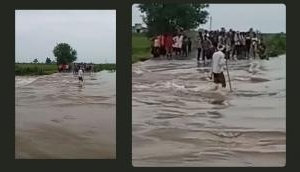
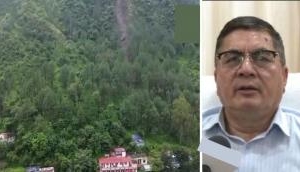


![BJP's Kapil Mishra recreates Shankar Mahadevan’s ‘Breathless’ song to highlight Delhi pollution [WATCH] BJP's Kapil Mishra recreates Shankar Mahadevan’s ‘Breathless’ song to highlight Delhi pollution [WATCH]](https://images.catchnews.com/upload/2022/11/03/kapil-mishra_240884_300x172.png)

![Anupam Kher shares pictures of his toned body on 67th birthday [MUST SEE] Anupam Kher shares pictures of his toned body on 67th birthday [MUST SEE]](https://images.catchnews.com/upload/2022/03/07/Anupam_kher_231145_300x172.jpg)


